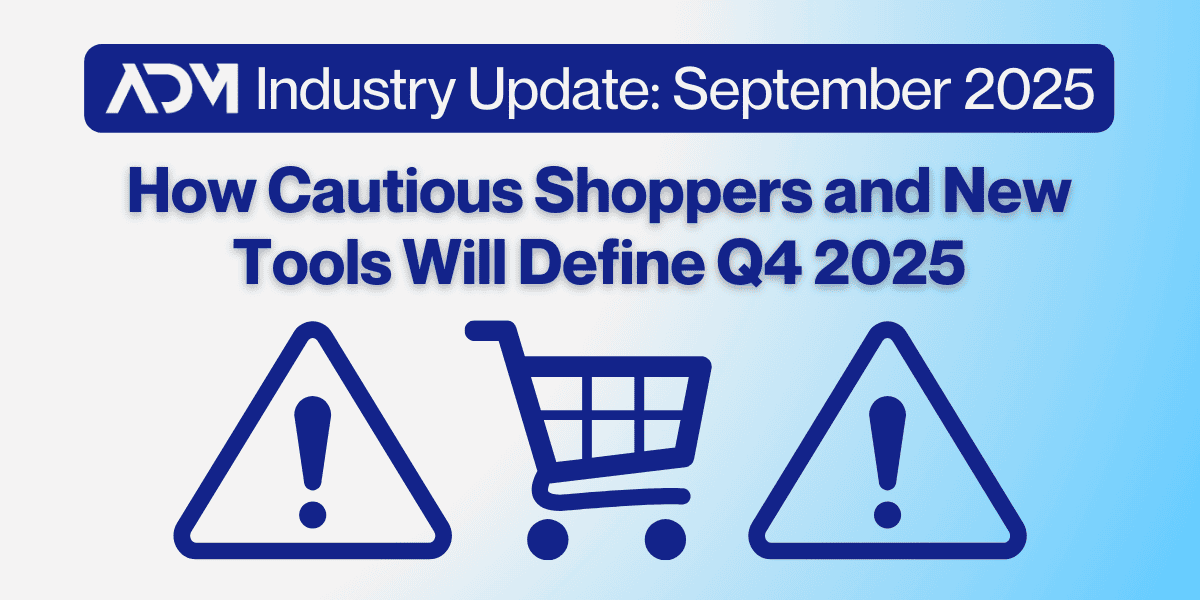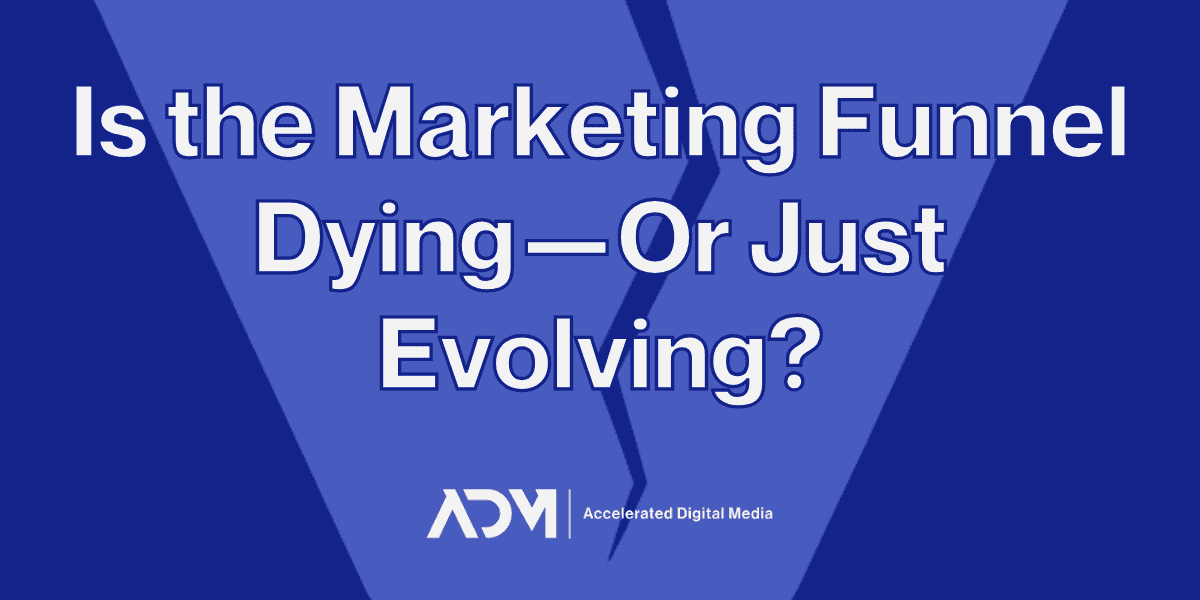For eCommerce companies, search engines offer an ideal opportunity to connect with potential customers. By scaling your eCommerce business’s paid search program, you can target people searching relevant topics.
Thoughtful strategies for sustainable growth
Throwing keywords together will give your ad impressions and likely drive traffic to your site. However, a well-run paid search program will add customers to every step of your sales funnel. Here are six ways to ensure your search program maximizes its impact on your eCommerce business’ bottom line.
1. Understand brand vs. non-brand performance
Brand search refers to a search conducted using a specific brand name or phrase, such as “Nike”. Non-brand search speaks to a generic search that does not include a branded term, such as “running shoes”. Brand and non-brand can also denote the advertising strategies used to show up for the respective searches.
Regardless of the brand strategy you deploy, you should separate brand vs. non-brand performance in a paid search program by isolating brand terms in an individual campaign, and negating the brand term from all non-brand campaigns. Brand vs. non-brand performance is kept separate, and you can manage their campaign inputs, such as budget, independently.
At ADM, we quantify our clients’ ROI from their brand campaigns by measuring the impact on overall traffic as we change the level of investment. From there, we use historical information to model the effect on sales. This analysis helps our clients make strategic decisions regarding investment in their brand terms and to what extent.
2. Filter as much traffic as possible through exact match keywords
Exact match keywords are straight-shooters. You know what to expect from them. The consistency of the search term that will trigger an exact match keyword lends itself to more predictability of the bids, spend, and conversion rate you can expect from those keywords. Considering the impact on KPIs, marketers should filter as much traffic as possible through exact match keywords.
Most paid search programs have the same keyword in multiple match types. Attribution lists are an effective way to ensure broad or phrase match keywords do not cannibalize traffic that should go to exact match keywords.
3. Leverage Google’s smart bidding tools
The days of third-party bidding software, and the day-trading search manager, are over. Throughout the last decade, Google has invested aggressively in their Automated Bid Strategies, leading to the development of their Smart Bidding Strategies. Smart bidding refers to the use of machine learning in Google ads campaigns to optimize for conversions or conversion value in each auction.
While there is some nervous laughter at the thought of letting Google make the decisions about how much advertisers should spend on each auction, the data does not lie. Years of pre/post tests and A/B tests validate that Google’s smart bidding tools are overwhelmingly more successful than manual bidding or third-party bidding software.
4. Understand your attribution models
Your eCommerce business’ sales cycle is the first consideration when identifying the right attribution model for your search conversions. How much time and how many interactions are needed to take a consumer from awareness to purchase?
When looking at paid search specifically, it’s important to look at the same factors of time and interactions when setting an attribution model and optimizing the search campaigns. Attribution models can change the entire breakdown of which campaigns get conversion credit. For example, choosing a Last-Click model will give all conversion credit to the last keyword, ad, ad group, and campaign that the customer clicked. If a customer clicked on a non-brand campaign, then later that day clicked on a brand campaign, the brand campaign gets all the conversion credit. The Last-Click model can devalue your non-brand campaign and deprive insights about which non-brand keyword brought the customer to your website.
Take the time to understand attribution models, and when in doubt use Data-Driven and Linear models.
5. Group keywords by conversion rate
Segmenting keywords by conversion rate is an effective strategy for high-volume, competitive keywords. Placing these select keywords in their own campaigns allows advertisers to allocate investment more effectively, track core KPIs, and compete most effectively on these core terms.
6. Know the impression share you’re not capturing
Impression share tells you the number of potential customers you are missing out on. By definition, impression share is the percentage of impressions an ad receives relative to the total number of impressions your ad could get.
Even with their most successful keywords, most eCommerce companies do not capture 100% of impression share. There are limitations from competition, ad rank, and KPIs. Understanding the areas of a paid search program with untapped impression share is beneficial when the opportunity arises to expand the program.
Customize your paid search strategy
Search engine marketing plays a role in many steps of an eCommerce company’s customer journey. With such a drastic opportunity for customization, paid search requires a thoughtful approach, experience, and dedicated personnel to achieve the channel’s full potential.
At Accelerated Digital Media, we continue to test and analyze best practices like the six shared in this article. Our team works to innovate upon these best practices to ensure a strong foundation for the customization of strategy that follows.
If you are ready to build a custom strategy to scale your eCommerce company’s paid search program, feel free to reach out to our team. We would be happy to help take your growth to the next level.
Tellef Lundevall
CEO, Accelerated Digital Media




